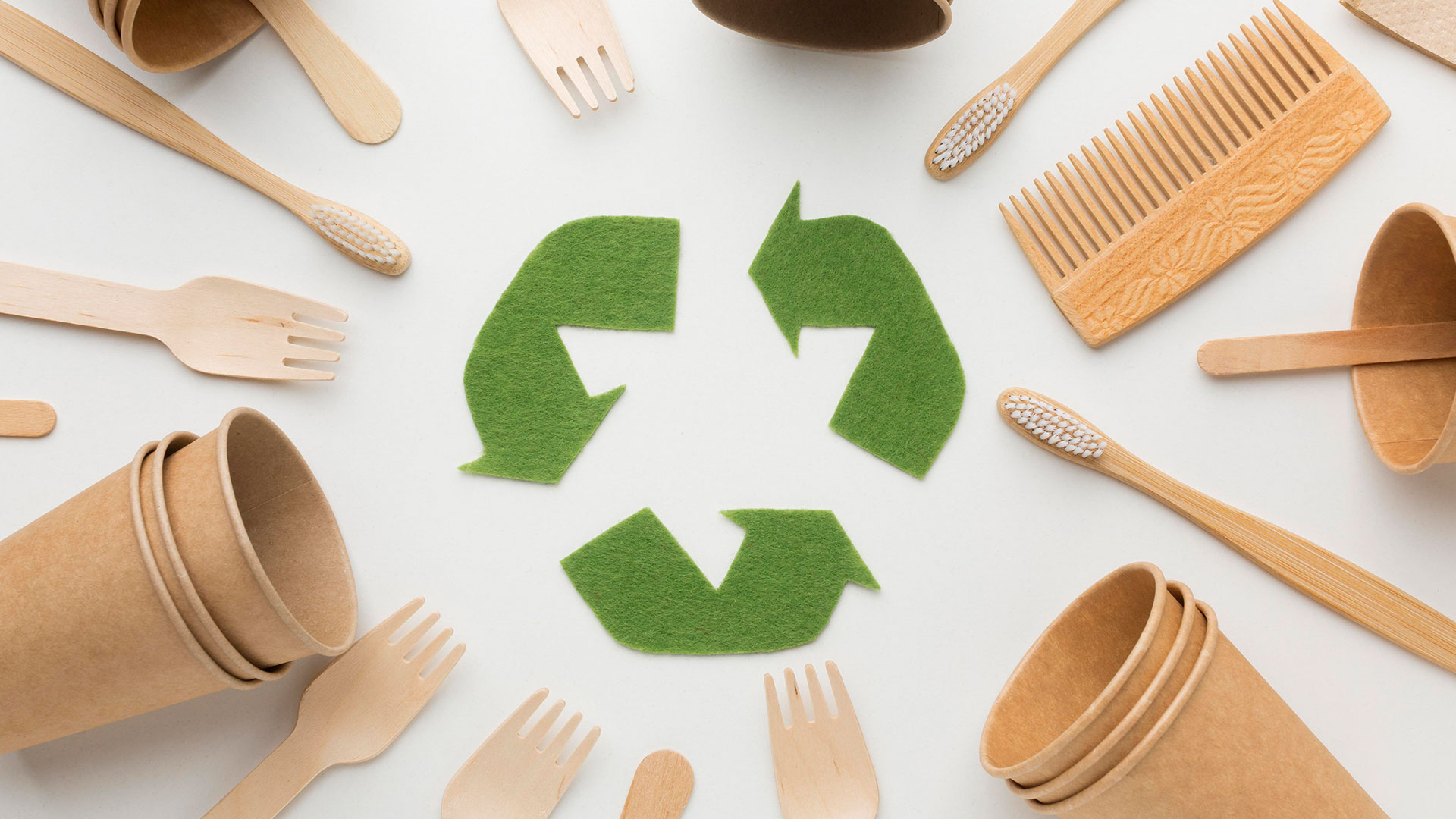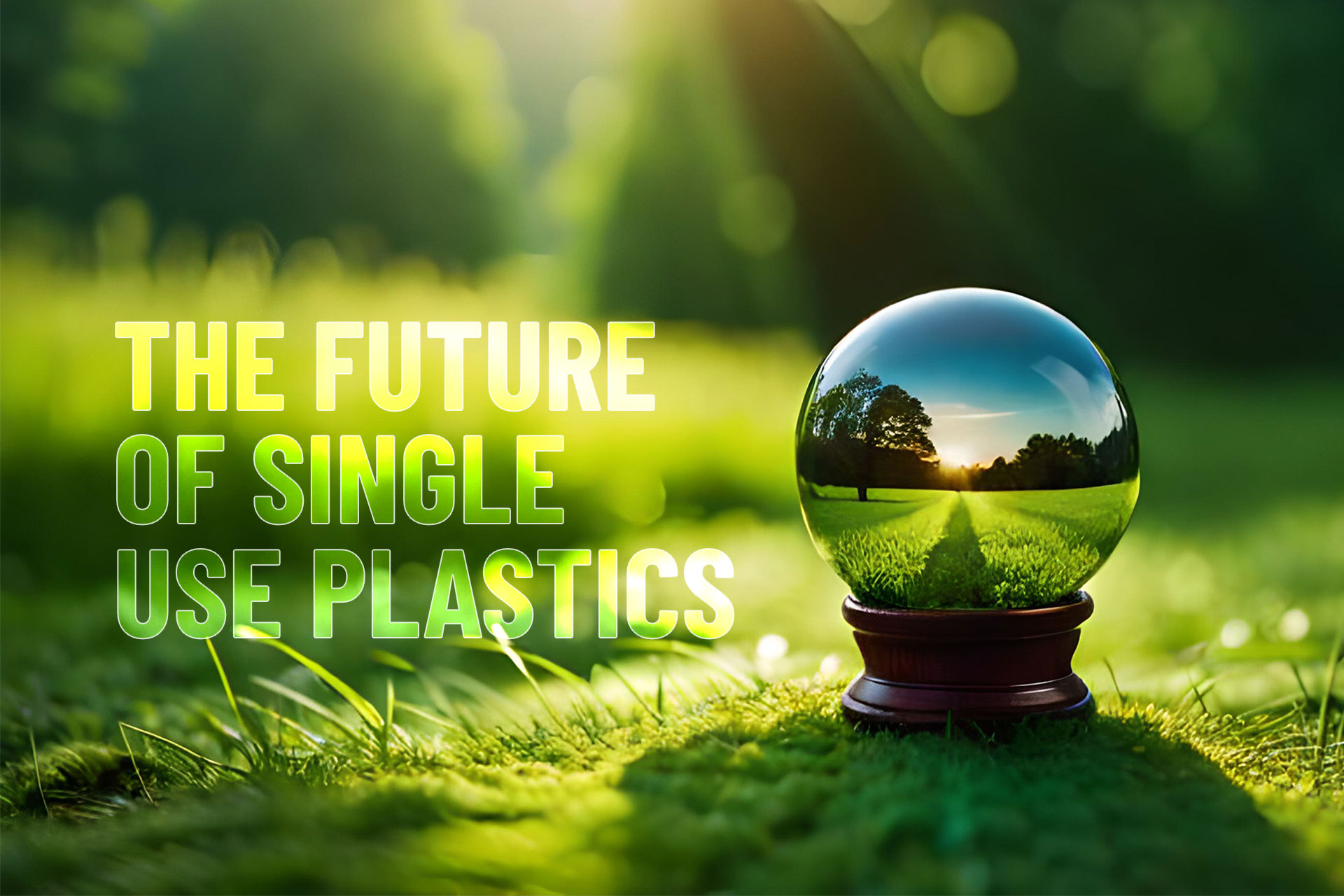
The Benefits of Using Biodegradable Catering Disposables
With the upcoming changes to UK legislation around single use plastics, we consider the key benefits of switching to biodegradable alternatives.

Ever wondered what bagasse is? If you haven’t heard of it before, don’t worry, because of the governments drive to abolish single use plastics, bagasse is about to have its day in the sun.
Bagasse is the fibrous residue that remains after sugarcane or other similar plants have been crushed to extract their juice. It is a by-product of the sugar industry and is often used as a biofuel or as a source of cellulose for paper and pulp production. Bagasse contains a high percentage of lignin, a complex polymer that gives the material its strength and durability. It can be used in a variety of ways, including as fuel for boilers to generate electricity or steam, as a component in building materials, or as animal feed. In some countries, bagasse is also used to produce biodegradable plastics and other industrial products.
Bagasse degrades naturally over time through a process called composting. Composting is the breakdown of organic materials into a nutrient-rich soil-like material that can be used to fertilize plants. When bagasse is composted, it is broken down by microorganisms such as bacteria, fungi, and insects.
The process of bagasse degradation begins when it is added to a compost pile or bin, along with other organic materials such as food waste, yard waste, and other compostable items. The compost pile must be kept moist and aerated to provide oxygen for the microorganisms that break down the bagasse.
Over time, the bagasse will begin to break down into smaller pieces, and the microorganisms will consume the sugars, starches, and other organic compounds present in the material. The bagasse will eventually decompose into a nutrient-rich soil-like material called compost, which can be used to enrich the soil in gardens, farms, or landscaping.
In summary, bagasse degrades naturally through composting, where it is broken down by microorganisms into nutrient-rich compost that can be used to fertilize plants.
Bagasse is a popular material used in catering because it is a sustainable and eco-friendly option.
Here are some ways that bagasse is used in catering:
Overall, bagasse is a versatile material that is popular in catering because of its eco-friendliness and sustainability. It is an excellent alternative to traditional disposable items made from plastic or styrofoam.
The cost of bagasse can vary depending on various factors such as location, season, and supply and demand. Generally, bagasse is considered a low-cost material as it is a by-product of the sugarcane industry and does not require additional resources to produce. However, the cost of bagasse products made from bagasse, such as disposable plates, bowls, and cups, may be slightly higher than their plastic counterparts due to the processing and manufacturing involved in creating these products.
Bagasse products are becoming more widely available as consumers and businesses are increasingly interested in eco-friendly and sustainable options. You can find bagasse products in many retail stores, online marketplaces, and from suppliers that specialize in eco-friendly products.
Bagasse products are available in various forms, such as plates, bowls, cups, and utensils, and can be used for both hot and cold food and beverages. They are suitable for use in a variety of settings, including restaurants, cafes, catered events, and home use.
Overall, bagasse products are becoming more widely available, and their availability is expected to continue to grow as more consumers and businesses seek eco-friendly alternatives to traditional disposable products.

With the upcoming changes to UK legislation around single use plastics, we consider the key benefits of switching to biodegradable alternatives.

Ever wondered what bagasse is? If you haven’t heard of it before, don’t worry, because of the governments drive to abolish single use plastics, bagasse is about to have its day in the sun.

From October 2023, the UK government has announced that a range of polluting single-use plastics will be banned in England. What does it mean for you?
Copyright © 2024 Eco Cup Store
Registered Office: Unit 9D Mapplewell Business Park, Mapplewell, Barnsley, S75 6BP.
Co. Reg. Number 14307342 VAT No. 427 9634 62